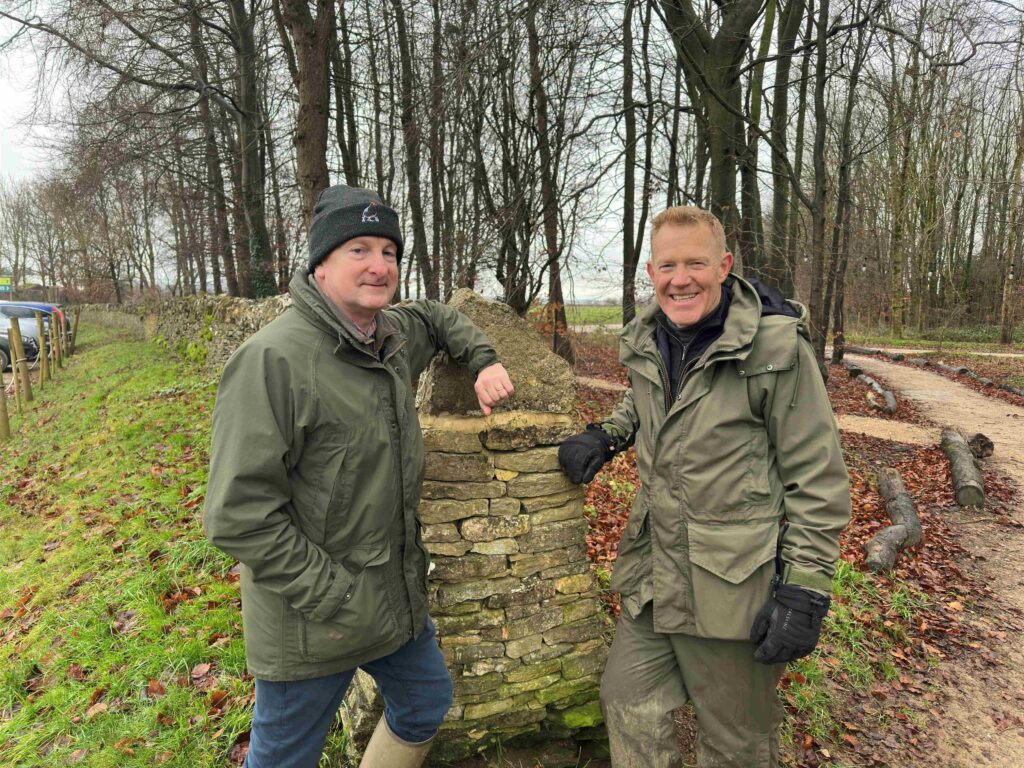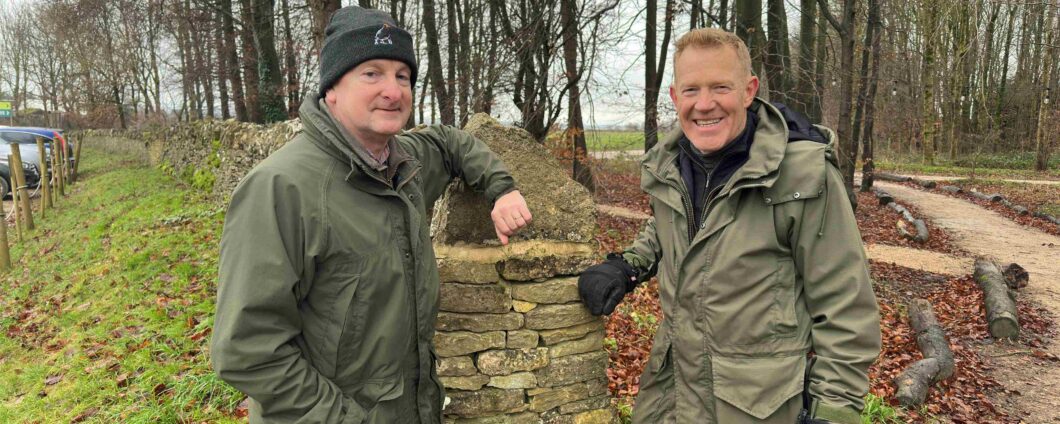Date: 7-23 February 2025
The Game & Wildlife Conservation Trust’s (GWCT) annual census of the UK’s farmland birds is set to begin in February and is supported by farmer and TV personality Adam Henson, known from the BBC’s Countryfile.
Farmland birds have declined by 63% in the past 50 years. The key to reversing the trend is held by the people who look after 72% of the UK which is agricultural land.
The Big Farmland Bird Count (BFBC) encourages farmers, land and wildlife managers to spend 30 minutes recording the bird species and numbers of each on their farms and surrounding land during a two-week window in winter.
For the past decade the BFBC, which is sponsored by the National Farmers’ Union (NFU), has been providing vital data to help us understand which of our birds are in the most serious trouble and how we can help them.

Adam Henson will launch this year’s count on Friday 7 February. He recently installed some additional supplementary feeders on his Cotswold farm, after the GWCT helped and advised him on the best location for them. He says since they went up in December, birds have been flocking to them.
“Lots of little birds, such as finches and buntings, are using the feeders. They have been put in some long, uncut grass along a hedgerow, which is really good habitat and natural shelter for them. It’s also an overwintering area for lots of invertebrates and insects, providing even more food for hungry birds,” he says.
“We’ve also had a lovely big flock of lapwing feeding in the field next to them where we grow a pollen and nectar mix, and it has been wonderful seeing them. They pass through this time of year, and being a red-listed bird of conservation concern, it’s wonderful to see them thriving here.”
Demonstrating the value of agri-environment schemes
Adam has been carrying out bird surveys on his farm for the past two years, but this year he will be taking part in the Big Farmland Bird Count for the first time, having reported on it on Countryfile last year. He says he hopes more farmers and land managers up and down the country will follow suit and do the count.
He says: “It is so important to get an understanding of what species we have on the farm. Once we have a better idea of what birds we have and how they are doing, a baseline to work from, then we can put more measures in place to help them.
“What all us farmers now need to do is to demonstrate that the help available through governments schemes, really are delivering for wildlife.”
Dr Roger Draycott, from the GWCT, explains: “A lot of the habitat improvement work farms are implementing is funded through agri-environment schemes, which is public sector money provided to farms to deliver habitats for wildlife.
“The Big Farmland Bird Count is a really simple initiative to demonstrate to the government and to the public that these options, like wild bird cover, late winter supplementary feeding and wildflower strips, really are delivering for wildlife.
“It is therefore incredibly important that farmers, land managers and foresters start to capture and collect some of that wildlife data themselves on their own patch of ground – it’s what we call practitioner science.
“By collecting this data over longer periods of time, through good and bad years, you can see those long-term trends. Hopefully, that will give the government the confidence that the schemes are good value for money.”
Many birds struggle to during the winter months when food is scarce and temperatures drop and this is often referred to as the ‘hungry gap’.
This also means that birds will gather where help, such as supplementary feeding, is available to them, making it an ideal time to count them.
As well as providing a snapshot of the bird population on UK farms, the BFBC aims to raise awareness of the vital role our ‘working conservationists’, such that farmers and other land managers play in helping farmland birds.
The BFBC is sponsored by the National Farmers’ Union (NFU).
Signing up for the GWCT Big Farmland Bird Count is free and no specialist knowledge or equipment are required. In many places, local bird and wildlife groups are working with land managers to help them do the count.

